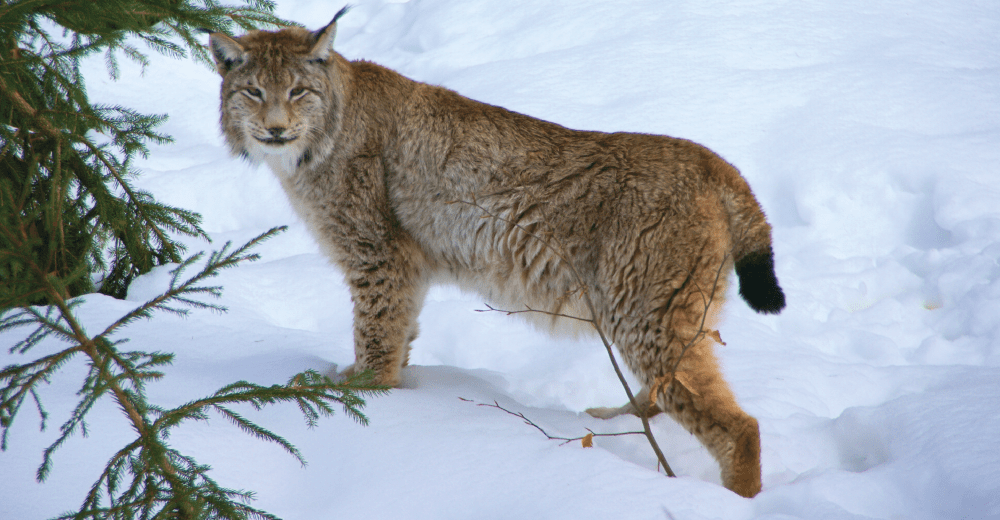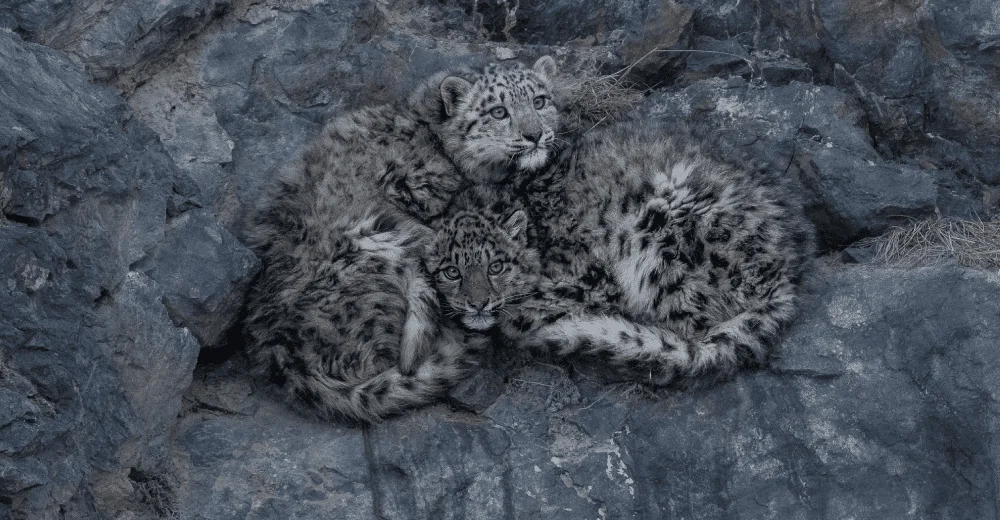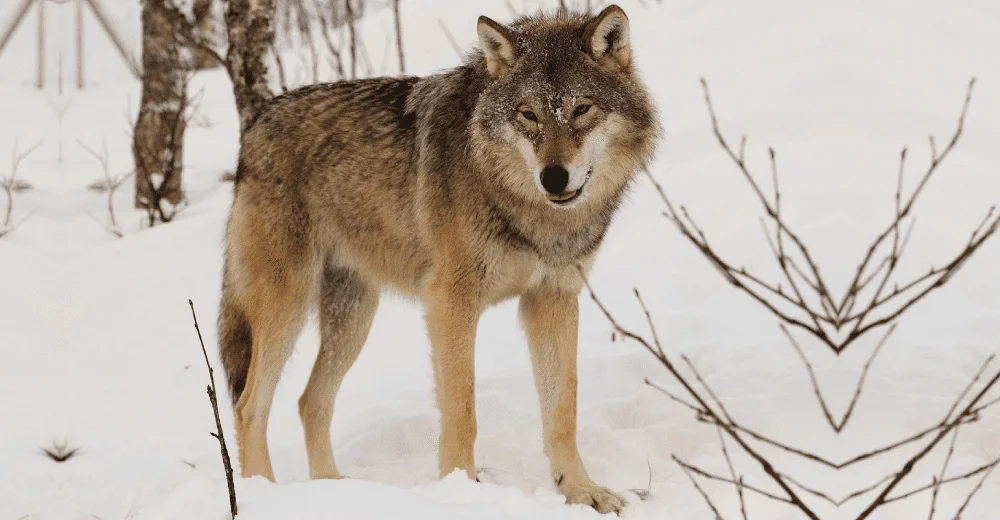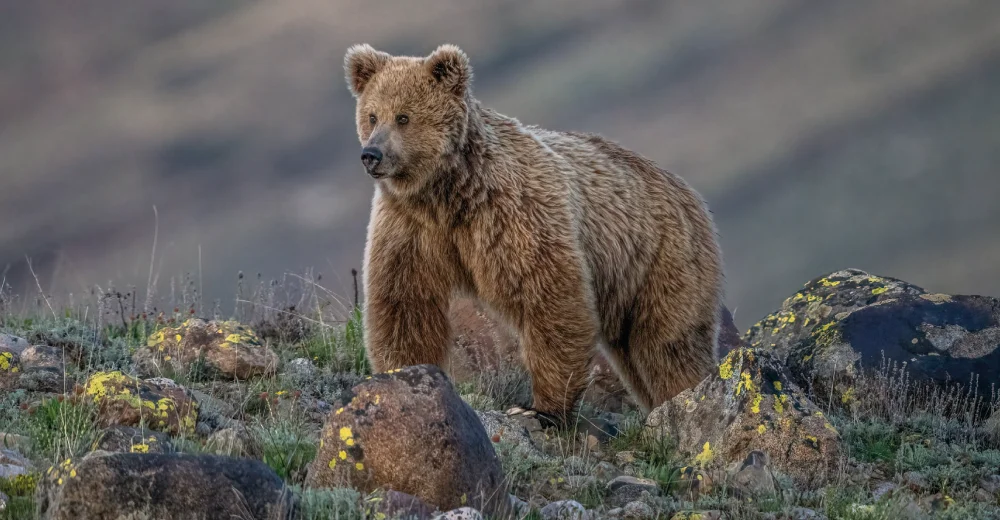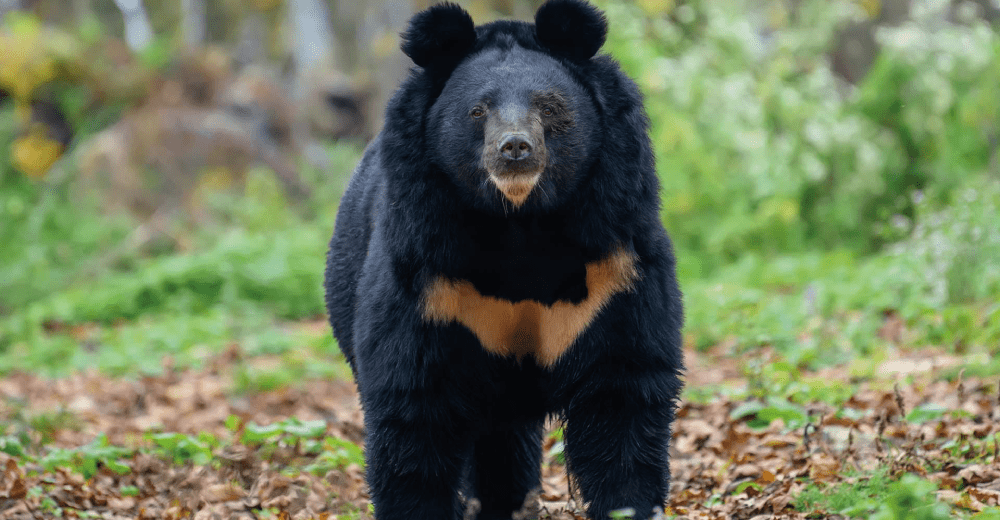Large Carnivores
Large carnivores, though a small part of the mammalian biomass, have always fascinated society due to their strength, beauty, and elusive nature. Their conservation is central to SLF’s strategy because they play a crucial role in maintaining ecosystem balance by regulating prey populations. As key umbrella species, protecting carnivores helps preserve other wildlife as well. However, their large home ranges, low densities, and limited habitats make them vulnerable to extinction. Studying these rare and often dangerous animals is challenging, but using advanced methods to monitor and understand them is vital to ensuring their survival and promoting coexistence with local communities.
Himalayan Lynx
Himalayan lynx is a subspecies of Eurasian lynx, globally distributed in Pakistan, China and Magnolia. In Pakistan, the Himalayan lynx dwells in the Hindu Kush mountain ranges and is primarily distributed through the following regions: District Chitral, Murree Hills, Neelam valley, Kaghan, Margalla Hills, Swat, Dir, Chitral, and Gilgit. The species is highly threatened on […]
Common Leopard
The common leopard, among the seven great cats, is an elusive large carnivore. Being extremely sharp predators, these species are able to adapt to various habitats and environmental conditions. Details about the status of common leopards are not sufficiently documented, owing to very limited studies on the species in the country. However, it is true […]
Snow Leopard
The snow leopard (Uncia uncia), known for its beauty, is a remarkable species that play a key role as a prime predator as well as an indicator of the health of its high-altitude habitat. Of the big cats, snow leopards are the smallest that have adapted to mountainous habitats In Central Asia including the Altai, […]
Grey Wolf
The grey wolf is a highly mobile carnivore that disperses over great distances in search of territories and mates. Grey wolves were once widely distributed throughout the Palearctic and Nearctic biogeographic areas. However, due to habitat destruction, environmental changes, persecution by humans, and other barriers to population growth, the grey wolf populations are now shrinking. […]
Brown Bear
The brown bear of the Himalayas varies notably in size and color, which generally appears as sandy or reddish-brown. There is a conspicuous hump of longer hairs over the shoulders but no noticeable ruff of longer fur on the neck. The ears are small and rounded, and the lips are noticeably protruding and mobile. The […]
Asiatic Black Bear
Asiatic black bears are primarily found in the northern regions of Pakistan. The Asiatic black bear has black fur that reaches a length of up to 50 millimeters at the back. There is a ruff of extra-long, coarse hairs fringing the cheeks and running down each side of the neck. The body is jet-black except […]
